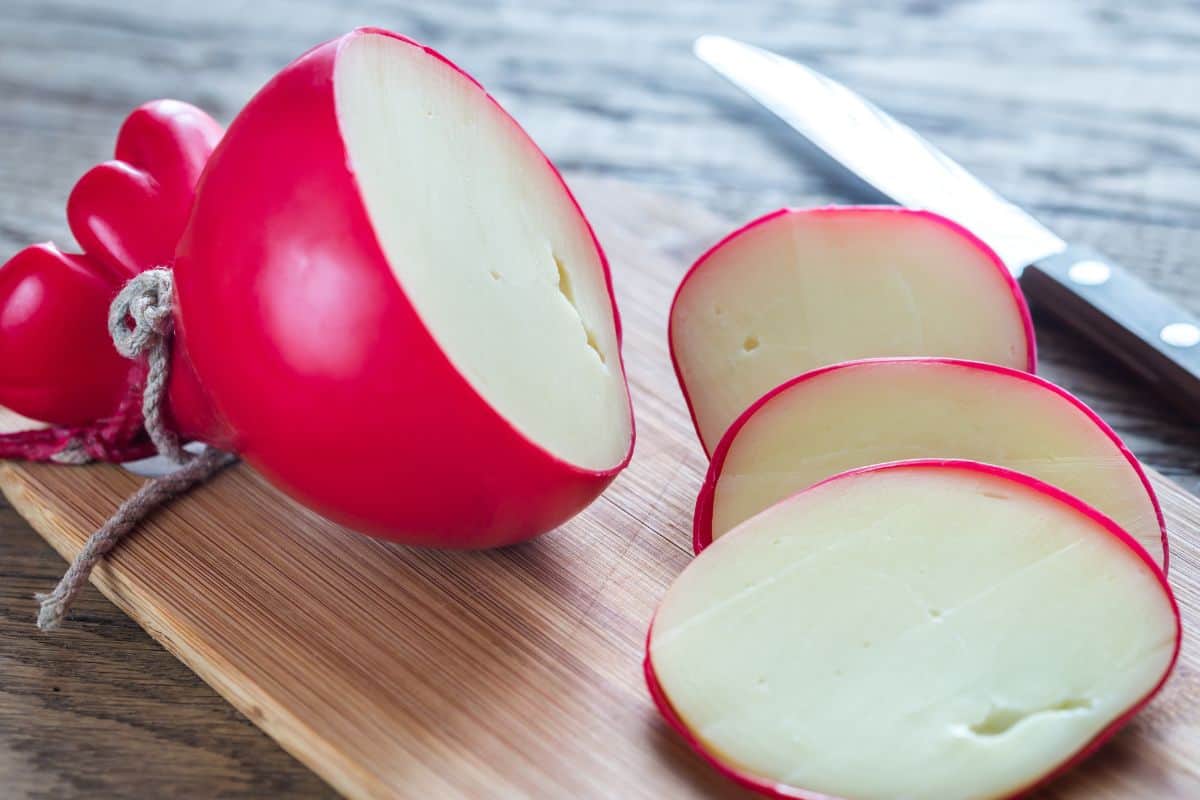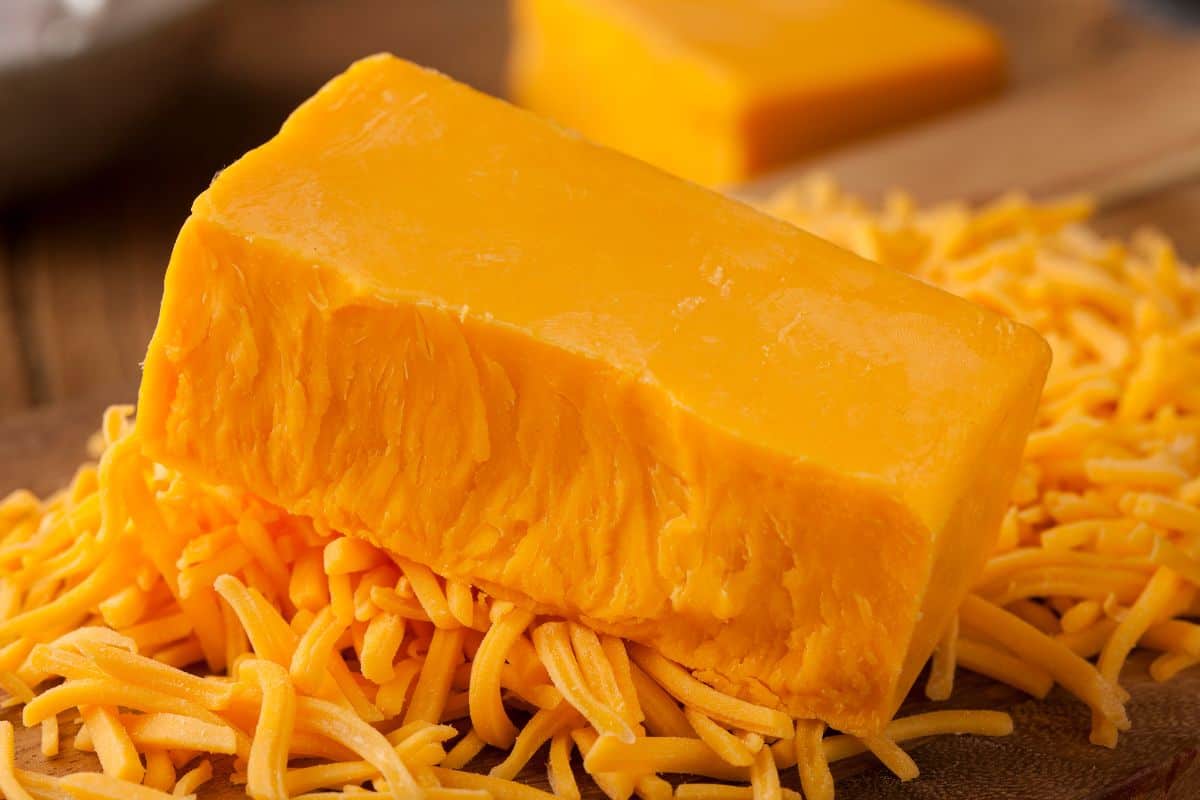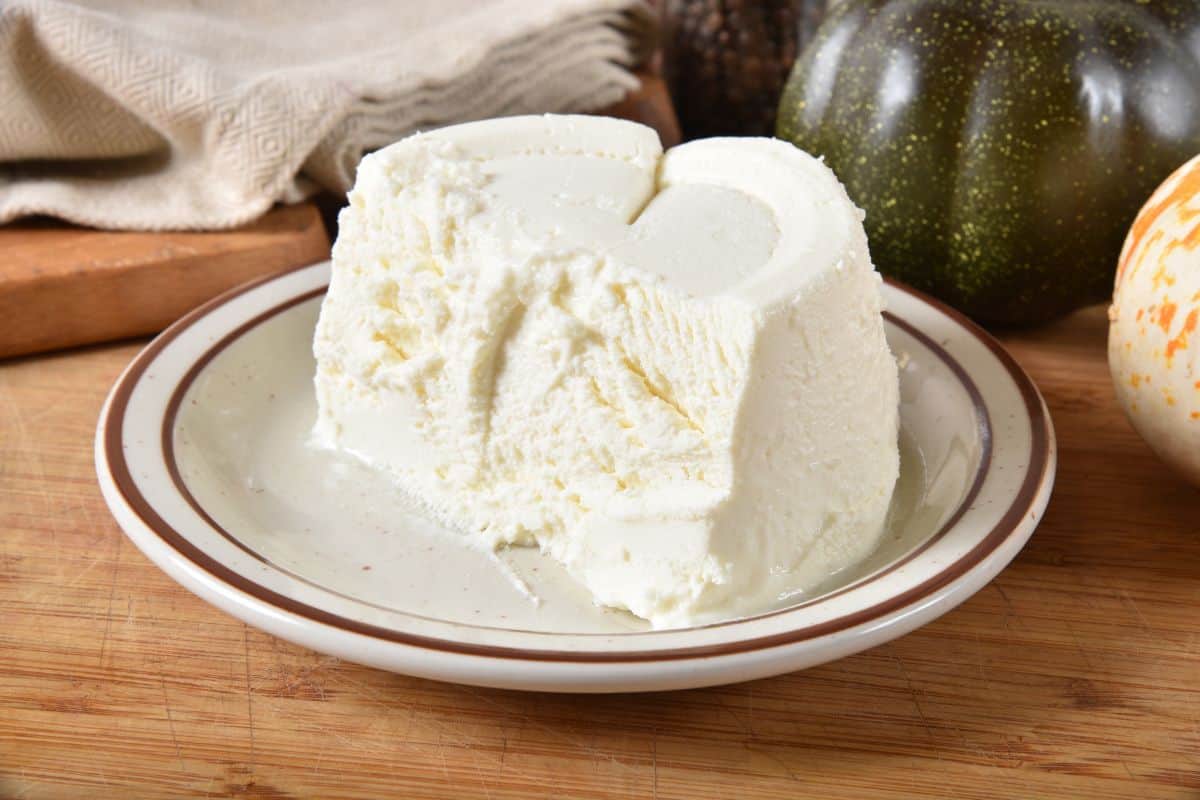Cheese on Pizza
What cheese goes on pizza toppings? Picking the right cheese for your pizza might be difficult due to the variety of options available. An international group of scientists advises taking the cheese’s flexibility, free oil content, moisture content, water activity, and baking temperature into account. Check out some of the top cheeses for pizza in the list below.
The 5 Best Kinds of Cheese to Use on Pizza
What kind of cheese goes on pizza? We can all easily recognize a cheese pizza with the appropriate toppings. This is because they are melty, lightly browned, and have the ideal amount of stretch for tasty cheese pull photographs. Fewer cheese enthusiasts are familiar with standard options like ricotta or mixed cheese blends.
However, many cheese-loving pizza fans are familiar with standard cheese toppings like mozzarella. This guide includes recommendations for cheese blends, some of our favorite cheeses to top pizzas, and a cheesy pizza recipe to get you started on your path to Margaritaville. Let’s analyze the top five kinds of cheese utilized in pizza.
Mozzarella
Wisconsin’s cheesemakers manufacture billions of pounds (kilograms) of mozzarella. Where does everything go? Well, you will utilize a large chunk of it to top pizzas throughout the nation. But first, explore why many people like mozzarella cheese for pizza toppings.
One perk of mozzarella is that it melts and stretches perfectly. The moisture content is correct for the crust to brown and bubble while baking without burning. When it comes to flavor, mozzarella is the ideal balance of milky and mild, with just enough richness to stand out as a distinct flavor. In essence, mozzarella makes a fantastic base for every pizza.
Which Mozzarella Works Best on Pizza?
We usually use low-moisture mozzarella for pizza. Avoiding items that have been through shredding is something we recommend. Additives like potato starch are frequently a component in pre-shredded mozzarella. These additives extend shelf life and prevent the shreds from sticking together.
However, the starch prevents it from melting into a smooth layer of goo that is homogeneous throughout. While pre-shredded mozzarella might be delicious, self-shredded high-quality mozzarella is the ticket to pizza nirvana. It’s the only way to get there.
You can take your pizza to a new level by adding fresh mozzarella, such as the kind, in a brining container. However, fresh mozzarella requires additional preparation to avoid making the pie soggy. Because fresh mozzarella contains more moisture than other cheeses, you need to drain it and let it dry on a paper towel for 20 to 25 minutes before using it. Read our article and find out How to Store FRESH Mozzarella.
After you slice the mozzarella ball into little pieces, you may delicately place it on top of your pizza. Suppose a straightforward Margherita pizza sounds like the perfect way to spend an evening. You need to look no further than fresh mozzarella. This is what love is!
Provolone
When we make pizza, the provolone and mozzarella cheeses are our go-to choices for cheese toppings. They are both heroes, but when you combine them, you have an unbeatable team. The intense flavor of provolone cheese on pizza, which is semi-hard in texture, increases with the cheese’s age (typically around four months).
Although you can use it on its own as a cheese topping, we think it tastes best when mixed with mozzarella because it is a lot drier cheese than mozzarella. Starting with a blend of mozzarella and provolone that is equal parts each is advisable before experimenting further.

Cheddar
Cheddar is a cheese type that many who enjoy pizza often overlook. Even though cheddar is great, we do not recommend using it as the sole topping because of the risk of dryness. It is possible that overheating will cause the fats to separate from the solids in cheddar, which is a cheese that does not withstand high heat, as well as the finest mozzarella.
This is especially true of cheddars that have been through aging for longer. Suppose you want to experiment with adding cheddar to your pizza. We, therefore, recommend beginning with a base of mozzarella and then topping it with the type of cheddar you like most.
In case you want to try adding cheddar to your pizza, don’t hesitate. The flavor of cheddar, rich and often acidic, can be a fantastic complement to pizza if combined with a cheese that melts more easily.

Parmesan
Parmesan cheese is usually called for in pasta dishes, but does pizza ever call for it? Many people like parmesan cheese for pizza, and as with most other types of hard cheese, grating parmesan onto pizza after baking brings out its full flavor.
Because parmesan has a relatively low moisture content, adding it to a blend of cheeses can cause the cheese to become tasteless and possibly even burned. Some people incorporate parmesan cheese into their pizza dough to achieve a more umami-rich crust.
Ricotta
Ricotta is a cheese that is delightfully chilled, creamy, and light. It is often a topping for pizza. It is possible to use it by itself as a topping. For better results, you can also combine it in a ratio of 1:1 with another cheese, such as mozzarella. Ricotta is still somewhat of a dark horse regarding pizza toppings and cheese, but that is beginning to change.
After you’ve had a taste, you’ll comprehend the reason why. The next time you decide to have a pizza party, give ricotta a shot as a pizza topping by adding some to one of your pies. You’ll be like that friend who told everyone about a band right before they became famous, and it won’t end well for you.

FAQs on Pizza Cheese
What is the Best Melting Cheese for Pizza?
What kind of cheese goes on a pizza topping? For cheese toppings, mozzarella is, without a doubt, the king of meltiness. Traditional mozzarella’s wetness, suppleness, and fat level are perfectly balanced for meltability.
Can I Make Pizza with Cheddar Cheese?
Would you like to make cheddar cheese pizza? We advise against using cheddar as your only cheese topping, even though it is a common component of many cheese blends used on pizza. Compared to cheeses like mozzarella or provolone, cheddar also does not melt. Since younger kinds of cheddar retain their moisture for longer after baking, we advise using them.
A Hot Sausage Deep Dish Pizza Recipe
Time: 1 hour 15 minutes
Serving size: 6-8 servings
Prep time: 45 minutes
Cook time: 30 minutes
Nutritional Facts
- Calories: 420 kcal
- Total carbs: 1.7 ounces (49 grams)
- Fiber: 0.1 ounces (3 grams)
- Sugar: 0.07 ounces (2 grams)
- Protein: 0.5 ounces (16 grams)
- Fat: 0.6 ounces (18 grams)
- Saturated fat: 0.2 ounces (5 grams)
- Cholesterol: 30 mg (0.03 grams)
- Calcium: 200 mg (0.2 grams)
- Iron: 2.7 mg (0.003 grams)
- Sodium: 710 mg (0.7 grams)
- Vitamin C: 1.2 mg (0.012 grams)
Equipment Needed
- Cooking pan
- Oven
Ingredients
- 3 tablespoons butter, cubed
- 2 medium onions, thinly sliced
- 1/2-pound (0.2-kilogram) bulk hot Italian sausage
- 1 pound (0.5 kilograms) frozen or fresh pizza dough, thawed
- 1/3 cup pizza sauce
- 5 ounces (141.7 grams) Sartori classic fontina cheese, shredded
- 1/3 cup julienned roasted sweet red peppers, drained
- 6 ounces (170 grams) part-skim Cedar valley mozzarella cheese, shredded
- 1 1/2 ounces (42.5 grams) Sartori classic parmesan cheese, finely shredded
Directions
- Turn on the 450 degrees Fahrenheit (232 degrees Celsius) oven. Over medium-high heat, melt butter in a sizable, heavy skillet or Dutch oven. Cook for 10 minutes, often stirring, after adding the onions. You should use medium-low heat.
- Cook for 20 to 25 minutes, occasionally stirring, until onions are golden brown. To cool completely, take the onions out of the skillet.
- In the same skillet over medium heat, brown the sausage; drain. Place aside. You should stretch pizza dough and roll it out to a 12-inch (30.5-centimeter) circle on a lightly dusted surface.
- Press the dough into the bottom and sides of a 10-inch (25.4-centimeter) springform pan with oil. You should apply pizza sauce to the dough base. Add fontina to the mixture.
- Add the mozzarella, parmesan, red peppers, sausage, and onions. Bake for 25 to 30 minutes until cheese is bubbling and the crust is golden brown. Before serving, allow it to cool somewhat.
Tip for Cheesemongers
- Either whole milk or part-skim mozzarella tastes great on pizza. The distinctions? Part-skim mozzarella melts well, flows less, and browns more quickly than whole-milk mozzarella, which melts swiftly and flows with less browning.
A Final Word
Can’t seem to find your preferred cheese nearby? A good number of cheesemakers and stores allow you to order cheese online. You can have the best cheeses from them delivered straight to your home. With the best cheese, you are free to try out our hot sausage deep dish pizza recipe in the comfort of your home.
Don’t forget to share our recipe and post your clever cheesy creations on Facebook and Instagram for people to see.

Community of passionate writers and content creators who share a love for Italian heritage, culture, travel, food, and the Italian-American community. Our mission is to celebrate Italy’s rich history and traditions and connect with others who share the same passion.

